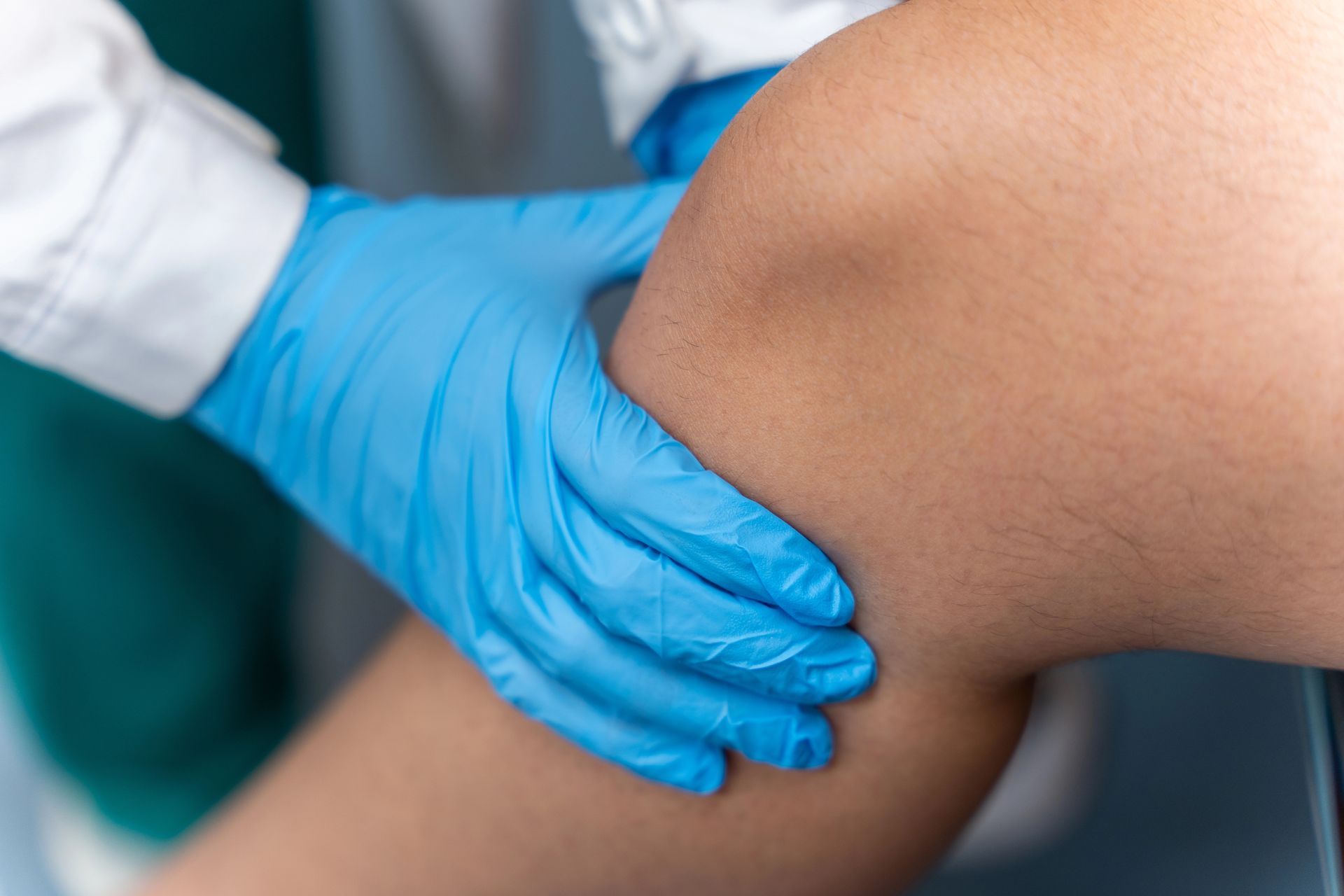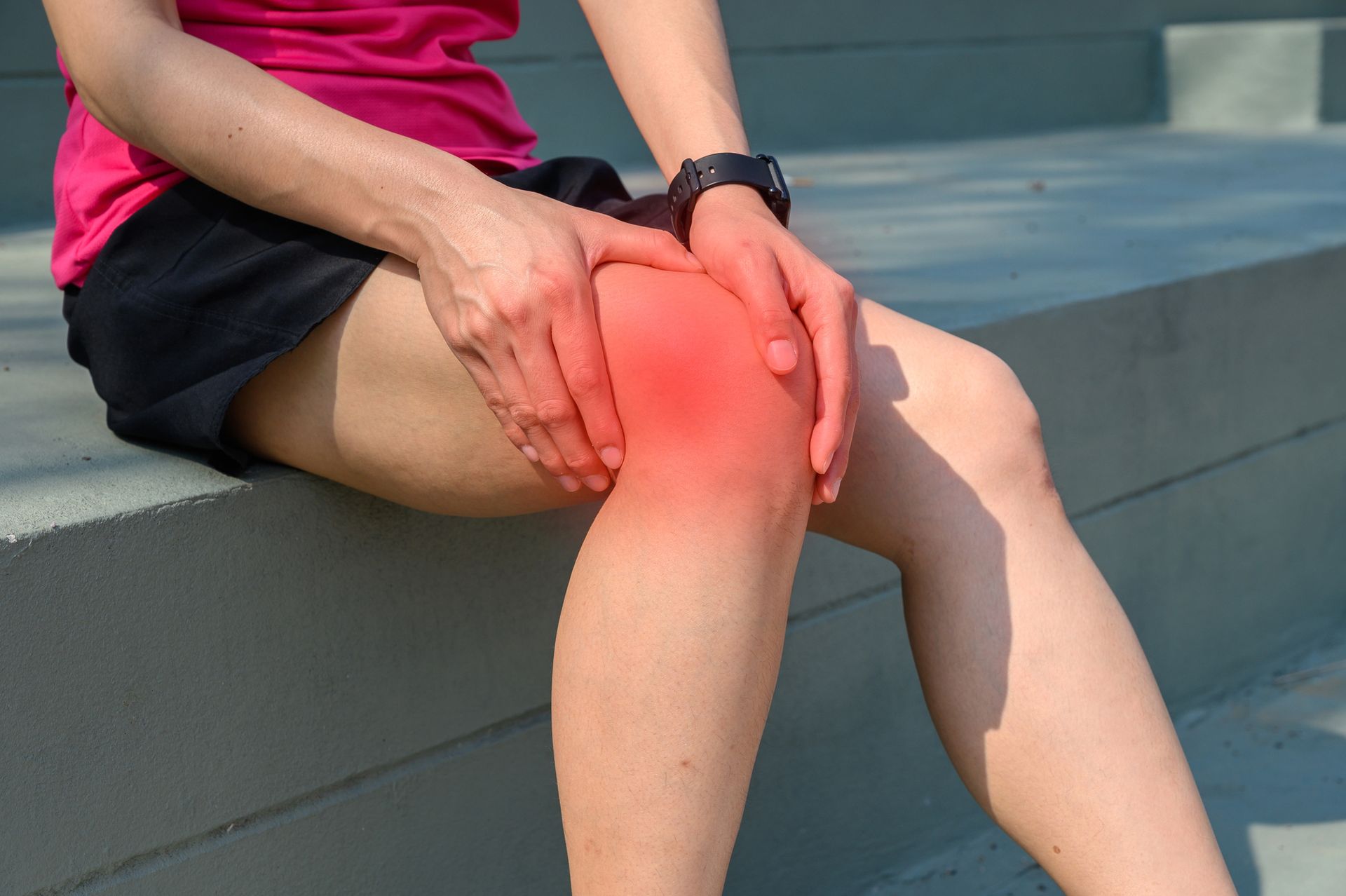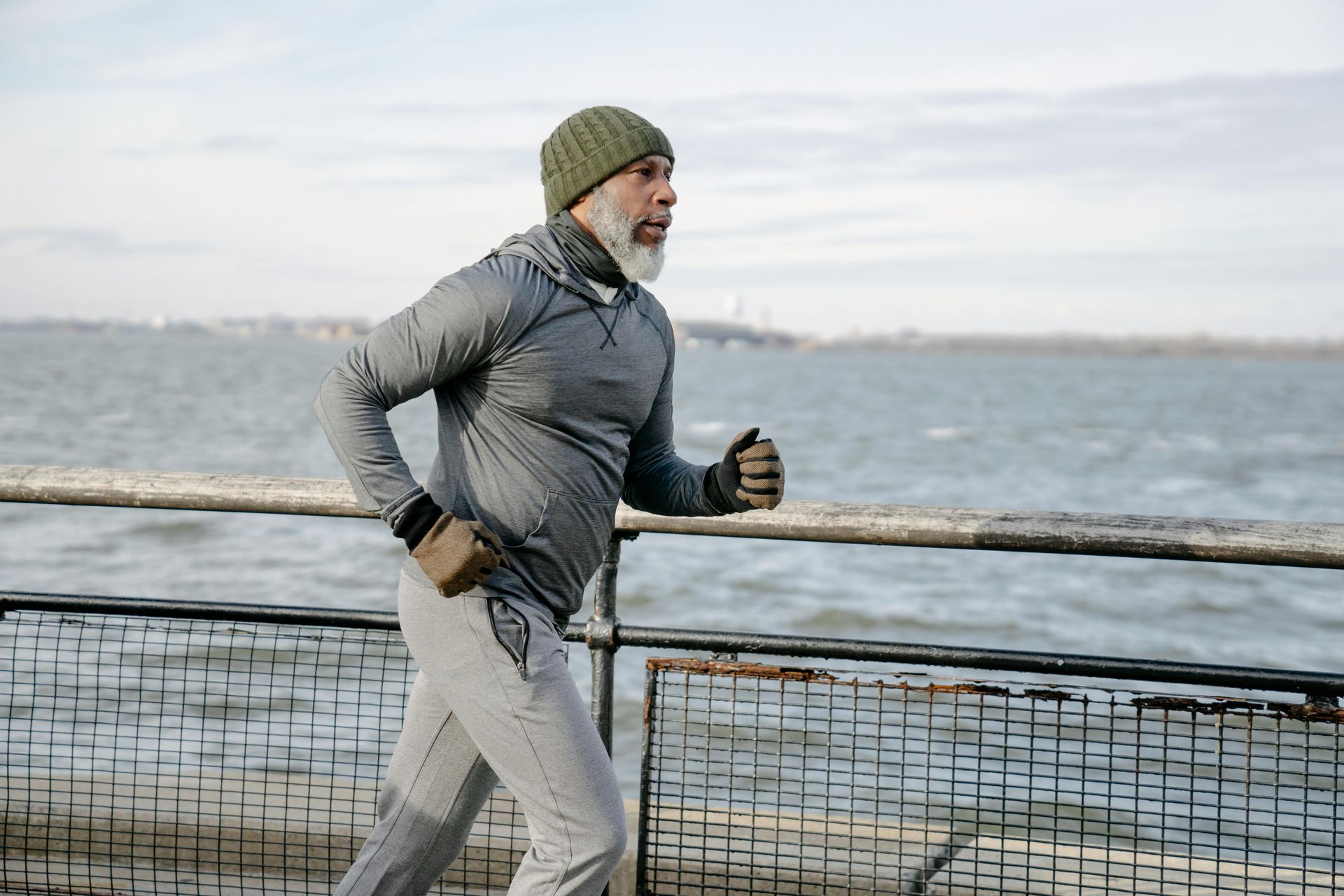ACL Injuries in Female Football
Females are generally at a higher risk of anterior cruciate ligament (ACL) injuries compared to males. The evidence now suggests that females can be x8 times more likely to suffer an ACL injury compared to their male counterparts.
Why is this?
Several factors contribute to this increased risk in females:
1. Anatomical Differences: Females typically have a wider pelvis, which can affect the alignment of the knee joint and increase stress on the ACL.
2. Hormonal Factors: Hormones, particularly estrogen, may influence ligament laxity and strength, potentially affecting the stability of the knee.
3. Biomechanics: Women often exhibit different movement patterns, such as increased knee valgus (inward collapse of the knee) and less hip and knee flexion during activities like jumping and landing.
4. Neuromuscular Control: Females may have less neuromuscular control, which can affect their ability to stabilise the knee during physical activity.
These factors combined contribute to the higher incidence of ACL injuries among females, especially in sports that involve jumping, cutting, and rapid changes in direction.

What can we do?
Some research suggests that ACL Prevention Programs can reduce the risk on an ACL injury by between 50-80%
The anterior cruciate ligament (ACL) is one of the key ligaments that helps stabilise the knee joint. Injuries to the ACL are common, particularly among athletes in sports that involve cutting, jumping, and rapid direction changes. Preventive measures have gained significant attention in recent years, with various programs developed to reduce the incidence of ACL injuries. This blog will explore the effectiveness of ACL prevention programs, their components, and the evidence supporting their implementation.
Understanding ACL Injuries
ACL injuries often occur during sports activities, with females being at a higher risk due to anatomical and hormonal factors (Hewett et al., 2006). These injuries can lead to long-term consequences, including joint instability and an increased risk of osteoarthritis (Brophy et al., 2010). Given the serious implications of ACL injuries, effective prevention programs are essential.

Components of ACL Prevention Programs
ACL prevention programs typically focus on three main components:
1. Strength Training: Strengthening the muscles around the knee, especially the quadriceps and hamstrings, can improve stability and reduce injury risk (Zakas et al., 2013).
2. Neuromuscular Training: This involves exercises designed to enhance balance, coordination, and agility. Neuromuscular training can improve an athlete’s ability to control their movements, which may help prevent injuries (Hewett et al., 2005).
3. Flexibility Training: Incorporating flexibility exercises can improve the range of motion in the joints, which is crucial for preventing injuries. Stretching can also help in recovery and overall performance (Kumar et al., 2020).
Examples of ACL Prevention Programs
Several well-researched ACL prevention programs have been developed:
- The FIFA 11+ Program: Designed for soccer players, this program includes a warm-up routine that focuses on strength, balance, and agility (Kiani et al., 2016). Studies have shown that the FIFA 11+ program can reduce the risk of ACL injuries among youth players.
- The PEP Program (Prevent Injury and Enhance Performance): Targeting female athletes, this program emphasises proper technique in jumping and landing, alongside strength and flexibility training (Hewett et al., 2005). Research indicates that participation in the PEP program can significantly lower the risk of ACL injuries.
- The Sportsmetrics Program: This program involves plyometric training, strength conditioning, and agility drills. It has been shown to effectively reduce the incidence of ACL injuries among female athletes (Myer et al., 2005).
Evidence of Effectiveness
Numerous studies support the effectiveness of ACL prevention programs. A meta-analysis conducted by Sugimoto et al. (2016) found that such programs can reduce the risk of ACL injuries by up to 50%. Furthermore, a systematic review highlighted that programs incorporating neuromuscular training were particularly effective in reducing injuries among female athletes (Griffin et al., 2000).
While the evidence is compelling, the successful implementation of these programs requires commitment from coaches, athletes, and sports organisations. Regular training sessions, proper coaching, and education on injury prevention are critical for maximising the benefits of these programs.
Conclusion
ACL injuries can have serious long-term consequences for athletes. However, with the implementation of structured prevention programs, the incidence of these injuries can be significantly reduced. By focusing on strength, neuromuscular control, and flexibility, athletes can enhance their performance while minimising the risk of injury. Continued research and education in this field are essential to refine these programs and ensure their effectiveness across various sports.
Chelmsford Physio
Riverside Leisure Centre, Victoria Rd, Chelmsford CM1 1FG



